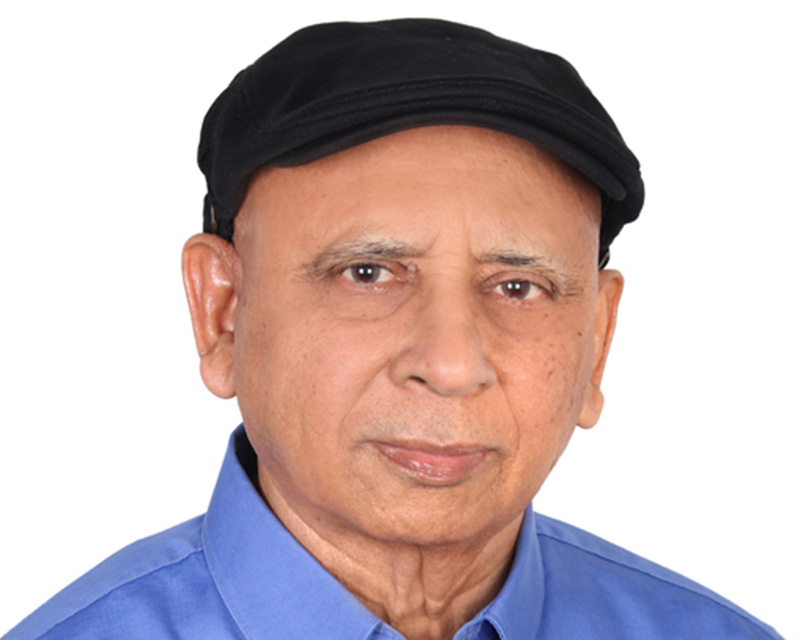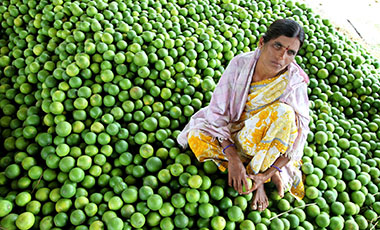The following post by IFPRI senior researcher Lawrence Haddad is part of an ongoing series of blog stories celebrating IFPRI’s 40th anniversary. Each story authored by current and former IFPRI research staff highlights a key research topic through the years from the personal perspective of the researcher.
The Asian Enigma of malnutrition refers to the fact that South Asian underweight rates in the 1990s were (and in many cases still are) higher than many countries in Africa south of the Sahara, despite having similar or better levels of GNP per capita and $1.25 a day poverty rates. Many researchers thought the key culprit was women’s low status relative to men in terms of their ability to control decisions about resource allocation, their own bodies, and their children.
I was very interested in this issue because of my research on power relationships within the household, in nutrition, and in India. In the late 1990s people were beginning to put the Demographic and Health Surveys national data sets together, realising that the common features of these surveys allowed samples of tens of thousands of children to be constructed across countries. So Lisa Smith and I, together with researchers from Emory University, decided to address this question using such new emerging secondary data.
We wrote a proposal to do so and I remember that it was difficult to get funding – the Swedish International Development Agency (SIDA) was the only donor willing to support us, for which we are eternally grateful. We did the research and found that women’s low status relative to men was indeed a key contributing factor to persistent malnutrition. Using our econometric estimates we projected that if the status of women in African countries south of the Sahara and in South Asian countries both rose to levels seen in high income countries, then the gap between the two regions in under 5 underweight would be halved.
We also identified sanitation and urbanisation as two other contributors to the gap, but we did not spend as much time analysing them, thinking they would be more amenable to policy than women’s status. Indeed, women’s status is a difficult thing to change in the short term, but various polices have had some success in India− for example, by including more women in village council decisionmaking.
One thing has been confirmed in work subsequent to our 2003 study —the Asian Engima is not driven by growth standards. Many Indian policymakers and some academics were convinced that the reference standards for healthy growth do not apply to India because of genetic differences. The World Health Organization’s (WHO) work on a new growth standard was published in 2006 and is based on the study of how children in 6 countries from healthy environments grow. India was included in the set of 6 countries. WHO could find no statistical difference in the pace or level at which children grow in the first 2 years of life across the six countries.
In the last few years other researchers, such as Dean Spears, have taken the sanitation work much further and have isolated open defecation, particularly in areas of high population density, as a key inhibiting factor in good child growth.
The latest news out of South Asia on nutrition is promising. The latest figures, as reported in the 2014 Global Nutrition Report, suggest that stunting rates (low height for age) have declined from 48 percent in 2005 to 39 percent in 2013. This is still a very high number but represents a 14 million decline in the number of children who are malnourished. The benefits to these children and to their families are priceless: reduced mortality and morbidity, better schooling outcomes, and higher paying jobs. The economic benefits to their countries are also very substantial, with investments in scaling up nutrition interventions generating benefit-cost ratios of between 13 and 54 for South Asian countries.
Thankfully, the enigma of South Asian malnutrition is unravelling: investments to improve women’s status and control over decisionmaking and to reduce open defecation rates are not the only priorities, but they will go a long way towards accelerating the region’s progress toward improving nutrition.







